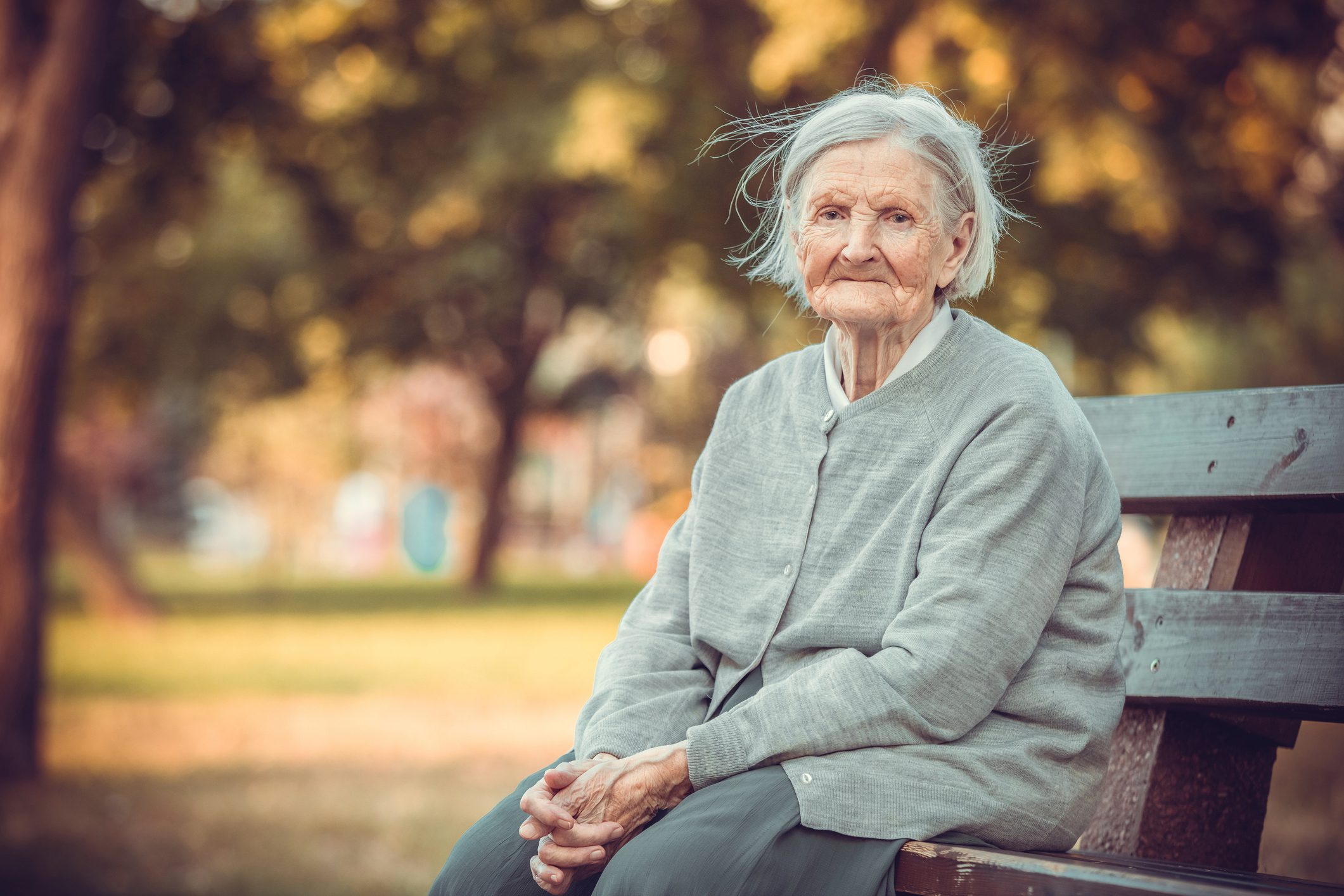
The latest state budget makes a number of offerings that promise to improve the health and wellbeing of older Victorians, but there are a number of gaping holes that still need to be addressed.
Many older Victorians have been severely impacted by the cancellation of elective surgeries since the emergence of COVID-19.
Pleasingly, the Victorian Government’s Pandemic Repair Plan promises to increase surgical activity by providing 40,000 extra surgeries in the next 12 months. These measures will go some way towards addressing the needs of older Victorians whose health care has been disrupted during COVID.
The other impact of COVID has been to move services online.
Many companies have closed their “shop fronts” and moved services and queries online. New funding allocated to the Department of Families, Fairness and Housing will allow them to undertake a review of digital connectedness for senior Victorians.
Older Victorians still face high rates of digital exclusion which impact on their ability to access information and services.
This review is a definite step in the right direction and one that will hopefully lead to tangible change. In the meantime, we welcome additional funding for libraries and Neighbourhood houses – both of which play a critical role in helping older people to stay informed and connected.
While the budget includes additional funding to improve transport infrastructure and undertake a number of accessibility upgrades, it’s still not enough. Public transport is not always a viable option for older Victorians.
What is needed is an increase in investment in door-to-door transport, including community transport and taxi and rideshare services, to help older Victorians get where they need to go.
Without this support, older Victorians experiencing transport disadvantage are at increased risk of becoming socially isolated and may also experience poorer health outcomes because of not being able to travel to medical appointments.
It was great to see funding to support the establishment of ten new social inclusion action groups which will seek to foster connection and reduce social isolation among vulnerable cohorts.
Funding for a range of initiatives aimed at increasing social inclusion and community connection among Victorians from culturally and linguistically diverse backgrounds is also welcome; particularly since almost 40% of migrants from non-English speaking countries are over the age of 50.
With older women still the fastest-growing group of people experiencing homelessness in Victoria, the additional funding to boost Victoria’s supply of social and affordable housing and increase the capacity of key homelessness services is timely, however, given these are generic budget measures, I’d like the Victorian Government to outline how it intends to prioritise the needs of older women experiencing homelessness or housing stress moving forward.
This year’s budget includes a significant investment in measures to address family violence.While elder abuse is recognised as a form of family violence, it differs greatly from the situation of intimate partner violence and requires a more nuanced approach.
It is positive to see that funding has been allocated to support the continuation of elder abuse prevention networks, which raise awareness of elder abuse and deliver primary prevention activities.
Unfortunately, however, these networks currently only exist in a finite number of geographic locations.
The increase in investment in public sector residential aged care will facilitate the redevelopment of three existing facilities and the establishment of two new facilities in regional Victoria so older people needing care can remain in the towns where they have lived.
With the cost of living continuing to rise, I welcome the announcement of a one-off $250 Power Saving Bonus, but this will not go far enough to alleviating the financial burden that is experienced by older people on low incomes; especially given the rising wholesale price of electricity.
I am concerned about how easy it will be for older people who are not online to access this payment, as the Government has stated that it will be available to Victorian households that use the Victorian Energy Compare website to search for the cheapest electricity deal.
I am optimistic that there will be further opportunities to work with government to develop initiatives to meet the needs of older Victorians.